Advancements in Drug Development
Technological advancements in drug development are significantly influencing the Hyperacusis Drug Market. The emergence of novel drug delivery systems and innovative therapeutic approaches has the potential to enhance treatment efficacy. For instance, the application of personalized medicine and targeted therapies may lead to more effective management of hyperacusis symptoms. Furthermore, the integration of artificial intelligence in drug discovery processes is streamlining the identification of potential drug candidates, thereby accelerating the time to market. As pharmaceutical companies leverage these advancements, the availability of new and improved treatment options is likely to increase, attracting more patients and healthcare providers to the market. This trend not only enhances patient outcomes but also stimulates growth within the Hyperacusis Drug Market.
Growing Investment in Healthcare
The increasing investment in healthcare infrastructure is a critical driver for the Hyperacusis Drug Market. Governments and private entities are allocating substantial resources to enhance healthcare services, which includes funding for research into auditory disorders such as hyperacusis. This financial commitment is likely to facilitate the development of new drugs and treatment modalities. Additionally, as healthcare systems evolve, there is a growing emphasis on improving patient access to specialized care, including audiology services. This trend is expected to result in a higher number of patients receiving appropriate treatment for hyperacusis, thereby expanding the market. The influx of capital into healthcare is anticipated to foster innovation and drive the growth of the Hyperacusis Drug Market.
Increased Focus on Mental Health
The heightened focus on mental health and its correlation with auditory disorders is emerging as a significant driver for the Hyperacusis Drug Market. Research has shown that hyperacusis can be associated with various psychological conditions, including anxiety and depression. As mental health awareness grows, healthcare providers are increasingly recognizing the need to address the psychological aspects of hyperacusis. This recognition is likely to lead to the development of comprehensive treatment plans that incorporate both pharmacological and psychological interventions. Consequently, the demand for drugs that effectively manage hyperacusis symptoms while considering mental health implications is expected to rise. This trend may create new opportunities for pharmaceutical companies to innovate and expand their product offerings within the Hyperacusis Drug Market.
Increasing Prevalence of Hyperacusis
The rising prevalence of hyperacusis is a notable driver for the Hyperacusis Drug Market. Studies indicate that the condition affects a significant portion of the population, with estimates suggesting that approximately 10% of individuals may experience some form of hyperacusis. This growing incidence is likely to spur demand for effective pharmacological interventions. As awareness of hyperacusis increases, more individuals are seeking medical advice, leading to higher diagnosis rates. Consequently, pharmaceutical companies are motivated to invest in research and development of new drugs tailored to treat hyperacusis, thereby expanding the market. The increasing number of patients seeking treatment is expected to create a robust market environment, fostering innovation and competition among drug manufacturers.
Regulatory Support for Drug Approvals
Regulatory support for drug approvals is a pivotal driver for the Hyperacusis Drug Market. Regulatory agencies are increasingly streamlining the approval processes for new drugs, particularly those targeting rare or underserved conditions like hyperacusis. This supportive environment encourages pharmaceutical companies to invest in research and development, knowing that their products may reach the market more efficiently. Additionally, initiatives aimed at expediting the review of innovative therapies are likely to enhance the availability of new treatment options for patients suffering from hyperacusis. As the regulatory landscape becomes more favorable, the potential for new drugs to enter the market increases, thereby stimulating growth and competition within the Hyperacusis Drug Market.


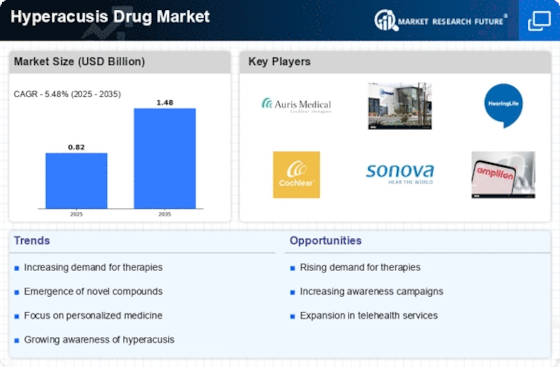
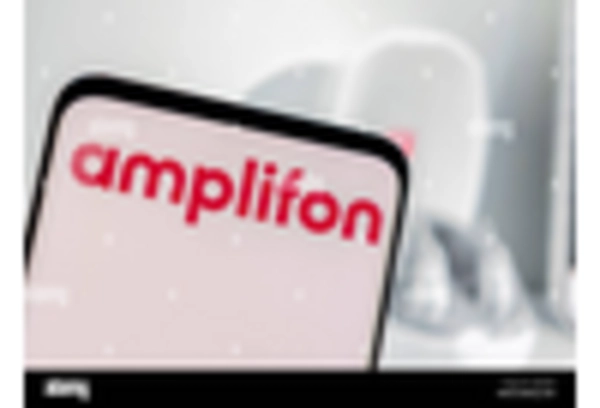
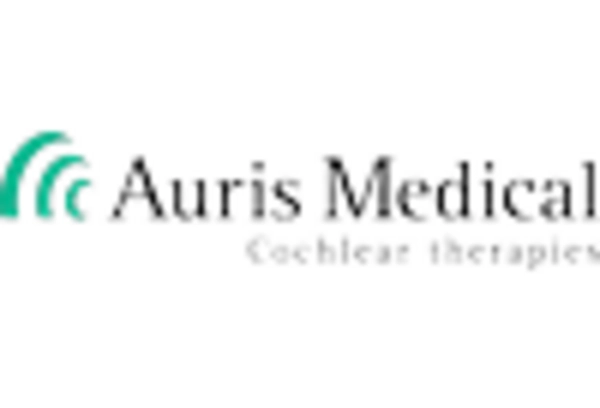
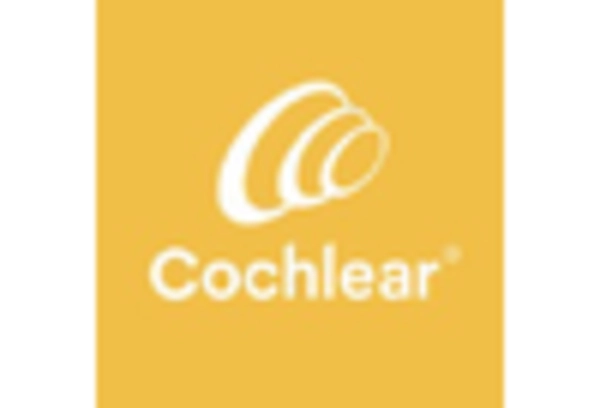
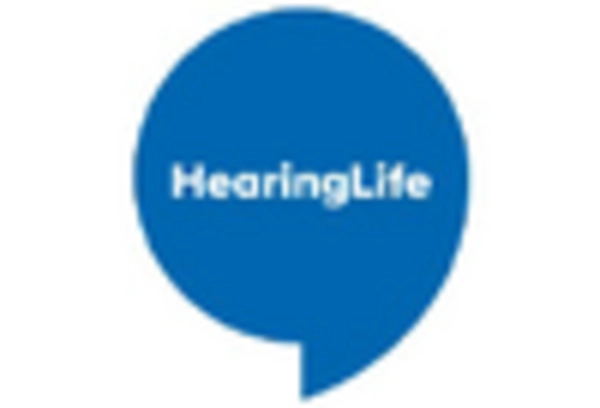
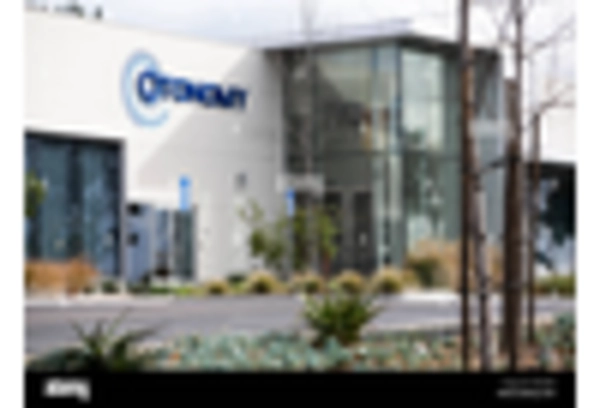
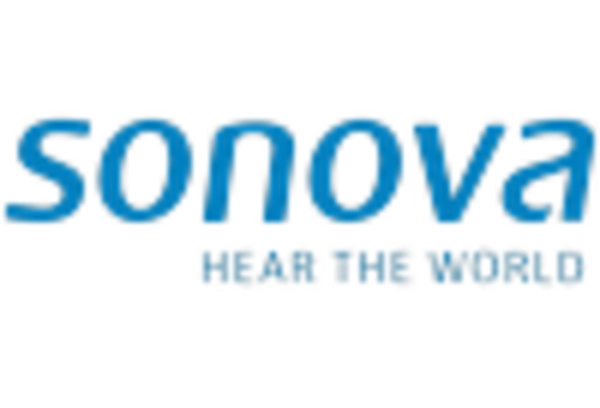








Leave a Comment